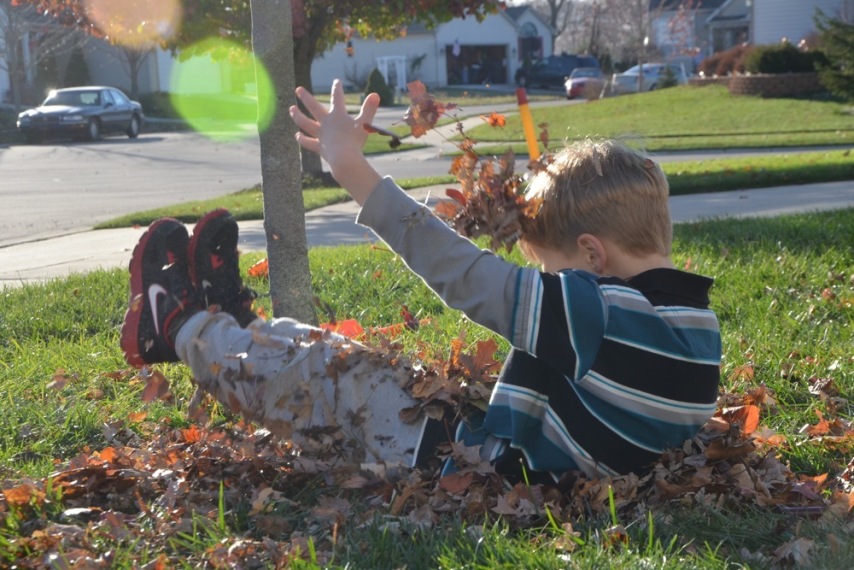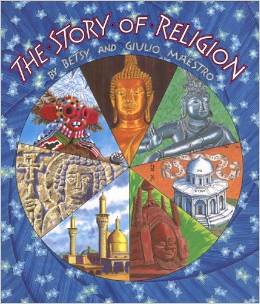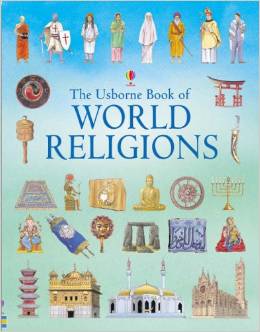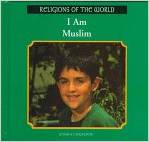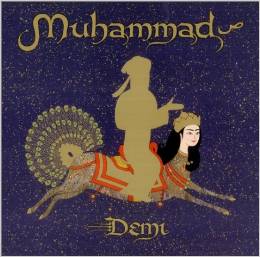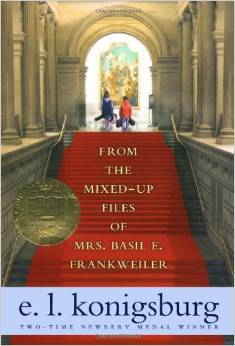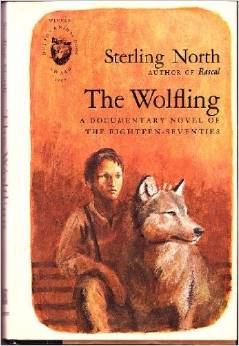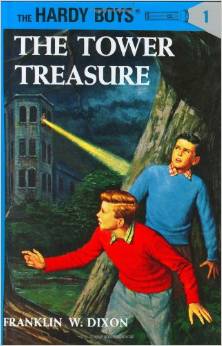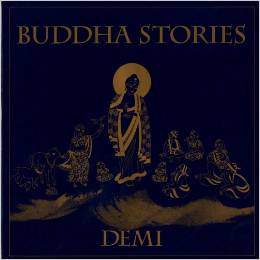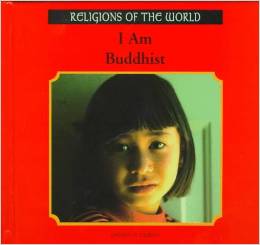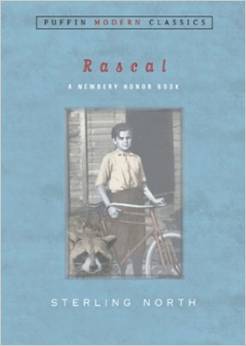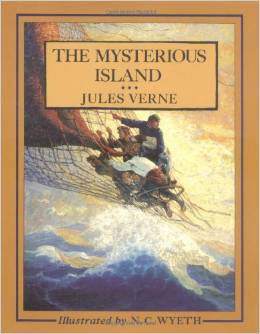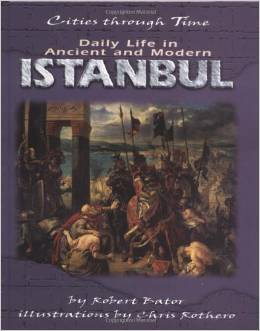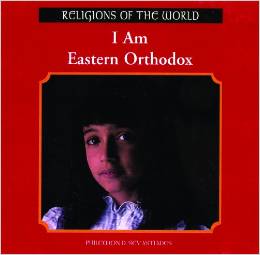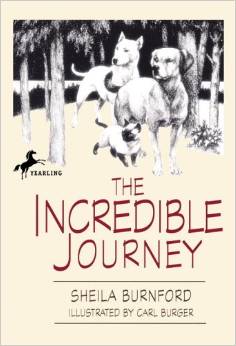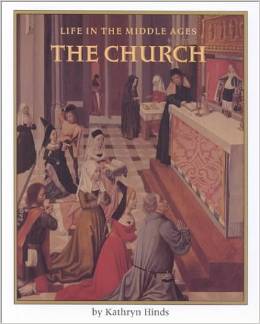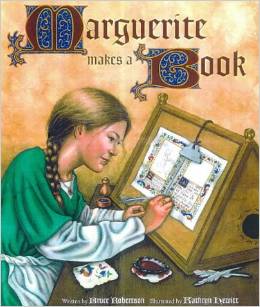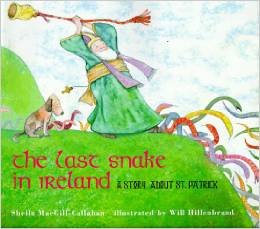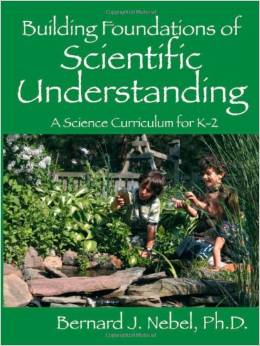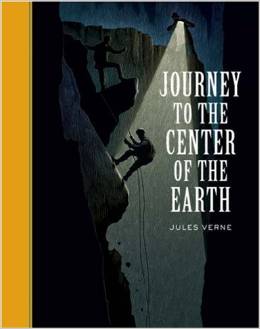Weekly book shelf, 3/28/14
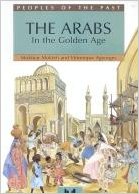 This week in history, Islam became an empire (or at least it did in SOTW2, ch. 7). I found the SOTW book chapter on this subject to be somewhat biased. I don't know if anyone else feels this way, but the chapters as they are written in this (very Christian) history book, use non-neutral adjectives and verbs that portray the history of Islam in a very specific (often violent) light. To combat this we picked up a video from the library, but it turned out be swung rather far in the other direction—propaganda at its best. So I settled for this dry, but pretty neutral and factual history. Simple, straight forward history, easy to read, with good supportive illustrations.
This week in history, Islam became an empire (or at least it did in SOTW2, ch. 7). I found the SOTW book chapter on this subject to be somewhat biased. I don't know if anyone else feels this way, but the chapters as they are written in this (very Christian) history book, use non-neutral adjectives and verbs that portray the history of Islam in a very specific (often violent) light. To combat this we picked up a video from the library, but it turned out be swung rather far in the other direction—propaganda at its best. So I settled for this dry, but pretty neutral and factual history. Simple, straight forward history, easy to read, with good supportive illustrations.
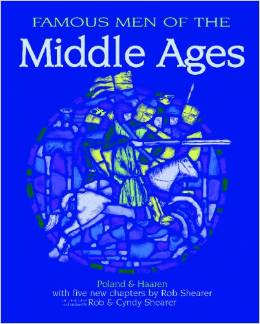 We also went back to our copy of Famous Men of the Middle Ages for chapter 8: Mohammed. I've said this before and will say it again: I love this book. Although it, too, comes with a Christian bias, it is well written in that great turn of the century sort of way. The chapters on each historical dude are short and to the point—great for overviews.
We also went back to our copy of Famous Men of the Middle Ages for chapter 8: Mohammed. I've said this before and will say it again: I love this book. Although it, too, comes with a Christian bias, it is well written in that great turn of the century sort of way. The chapters on each historical dude are short and to the point—great for overviews.
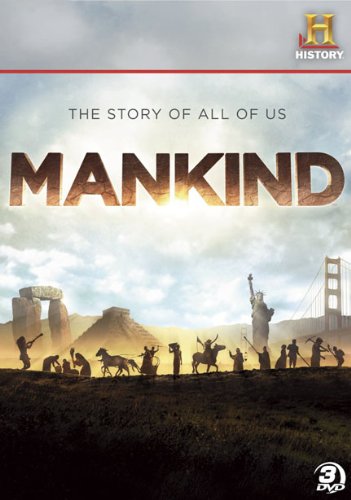 And a history video: from Mankind: The Story of All of Us, season 1, episode 4: Warriors. Good production value makes this blend of history and entertainment fun to watch, but the broad scope cripples its ability to relay information effectively. As a supplement to the study, it was fun.
And a history video: from Mankind: The Story of All of Us, season 1, episode 4: Warriors. Good production value makes this blend of history and entertainment fun to watch, but the broad scope cripples its ability to relay information effectively. As a supplement to the study, it was fun.
This week in science: you guessed it. We're still reviewing BFSU Volume 1.
 And this week in literature: Jean Craighead George's My Side of the Mountain. The touching story of a young boy who runs away from his family to spend a year living on their untouched forest land in the Catskill Mountains. Detailed descriptions of his steps for survival as well as his interactions with wildlife are beautiful and inspiring. A true modern classic.
And this week in literature: Jean Craighead George's My Side of the Mountain. The touching story of a young boy who runs away from his family to spend a year living on their untouched forest land in the Catskill Mountains. Detailed descriptions of his steps for survival as well as his interactions with wildlife are beautiful and inspiring. A true modern classic.
 Plus Calvin finished making his way through the Hardy Boys series. And now he's starting back through them again.
Plus Calvin finished making his way through the Hardy Boys series. And now he's starting back through them again.
 Weekly book shelf | tagged
Weekly book shelf | tagged  history books,
history books,  history videos,
history videos,  literature,
literature,  science books
science books 